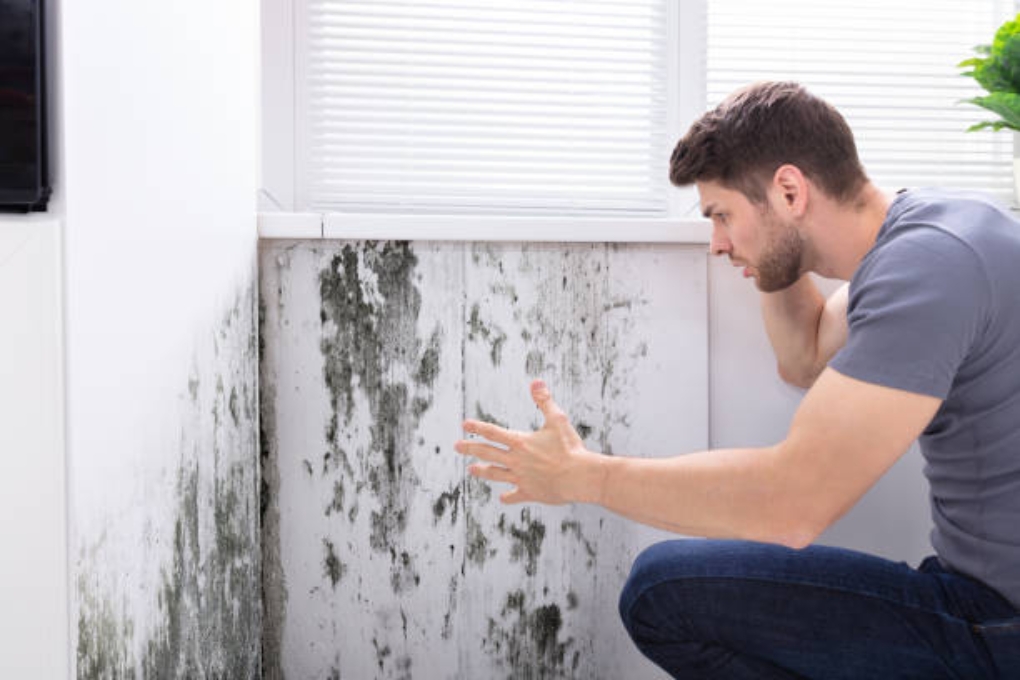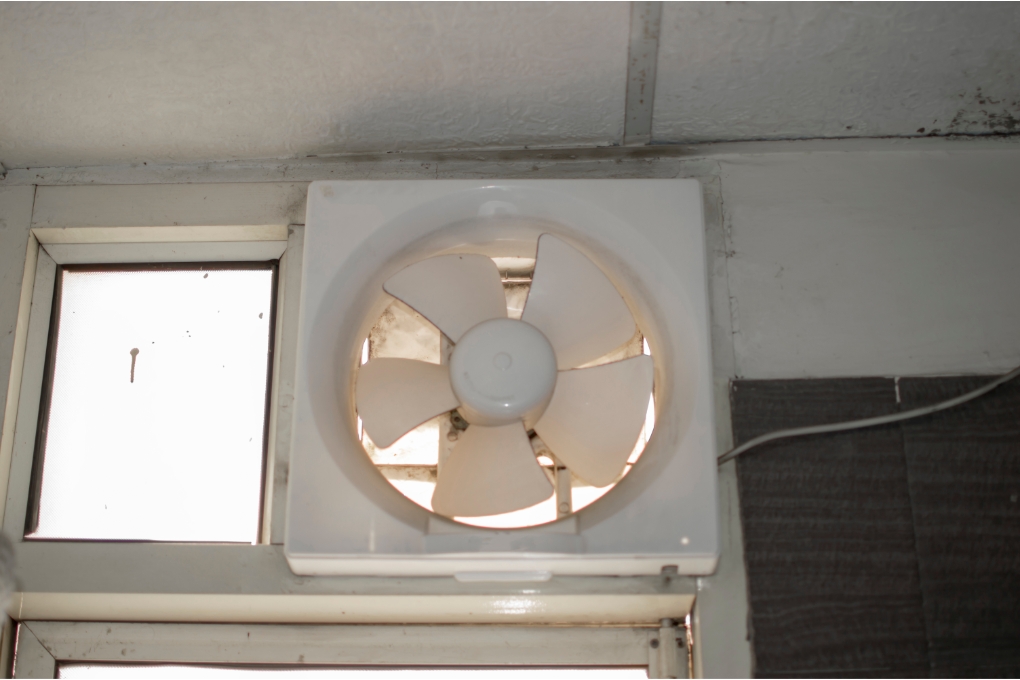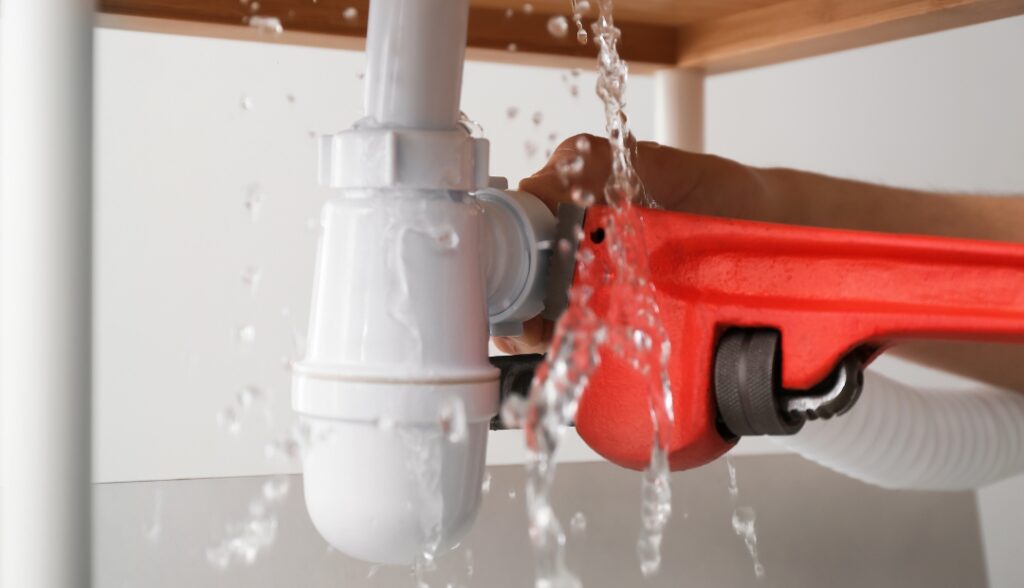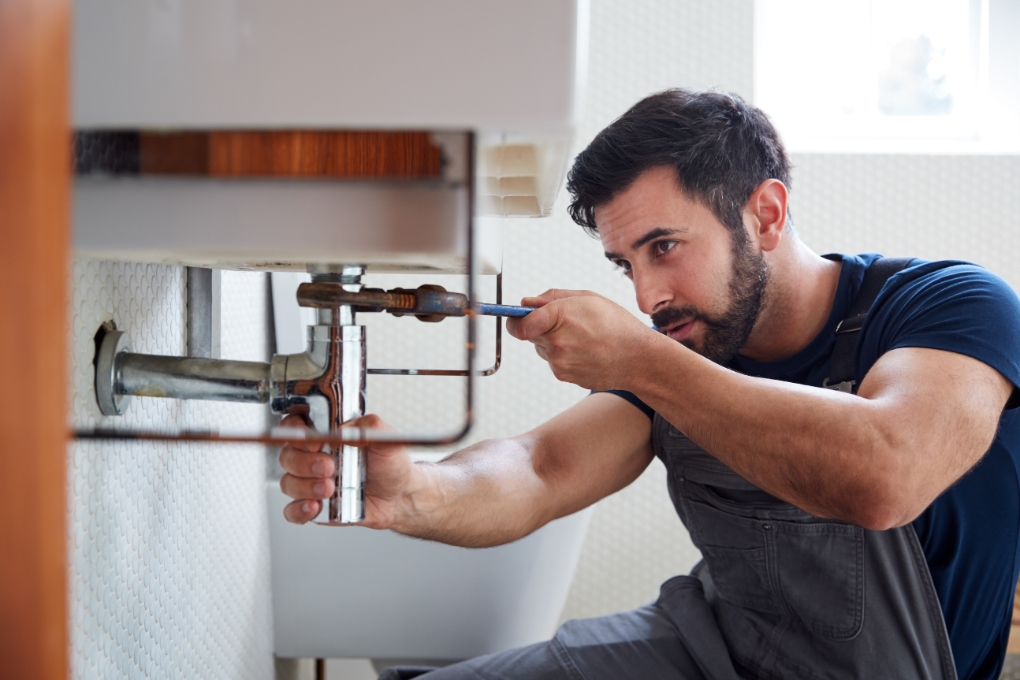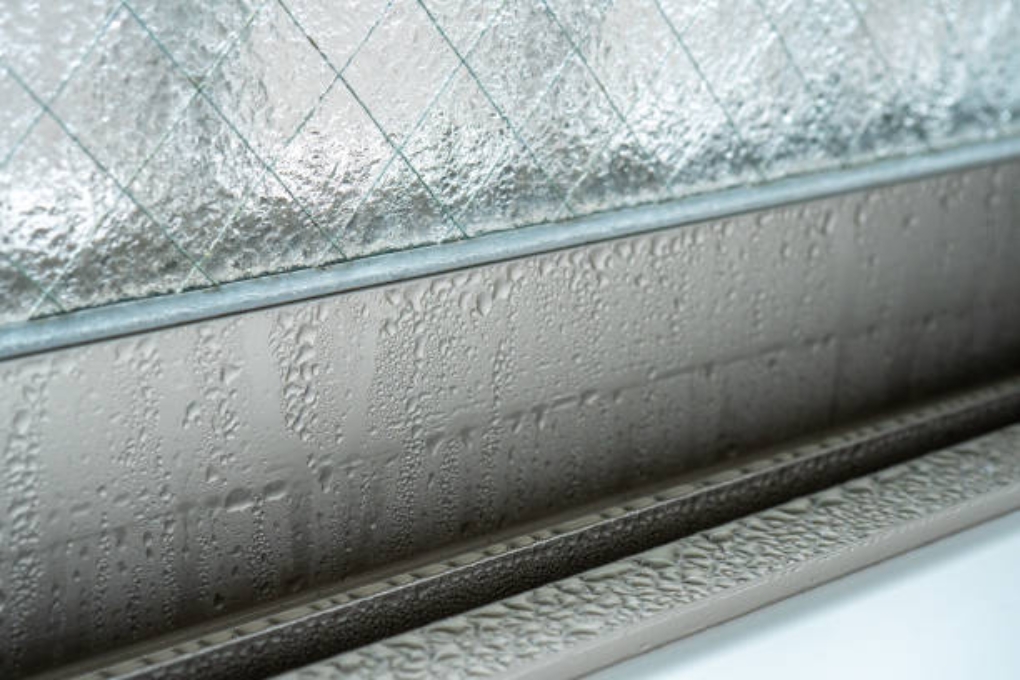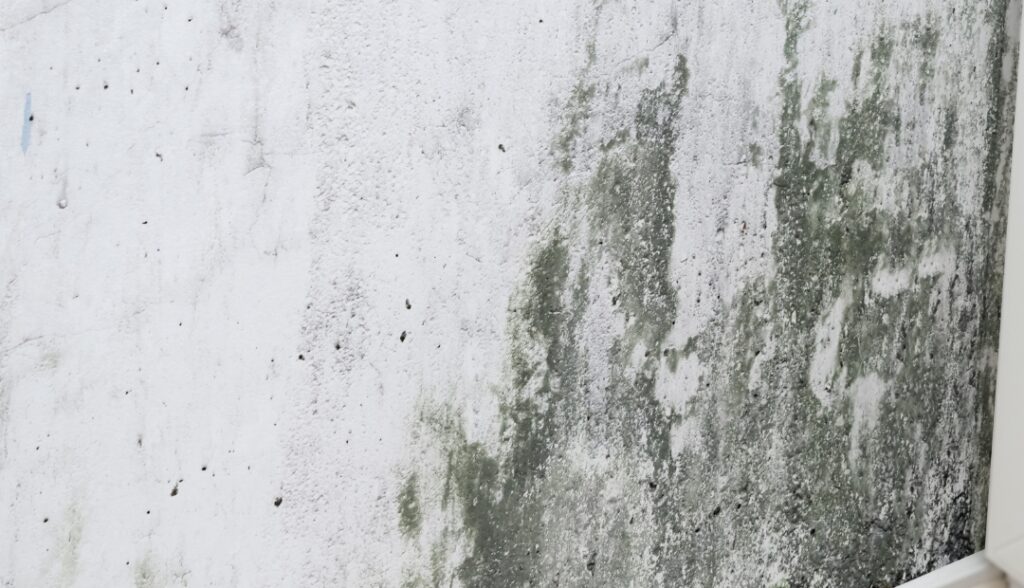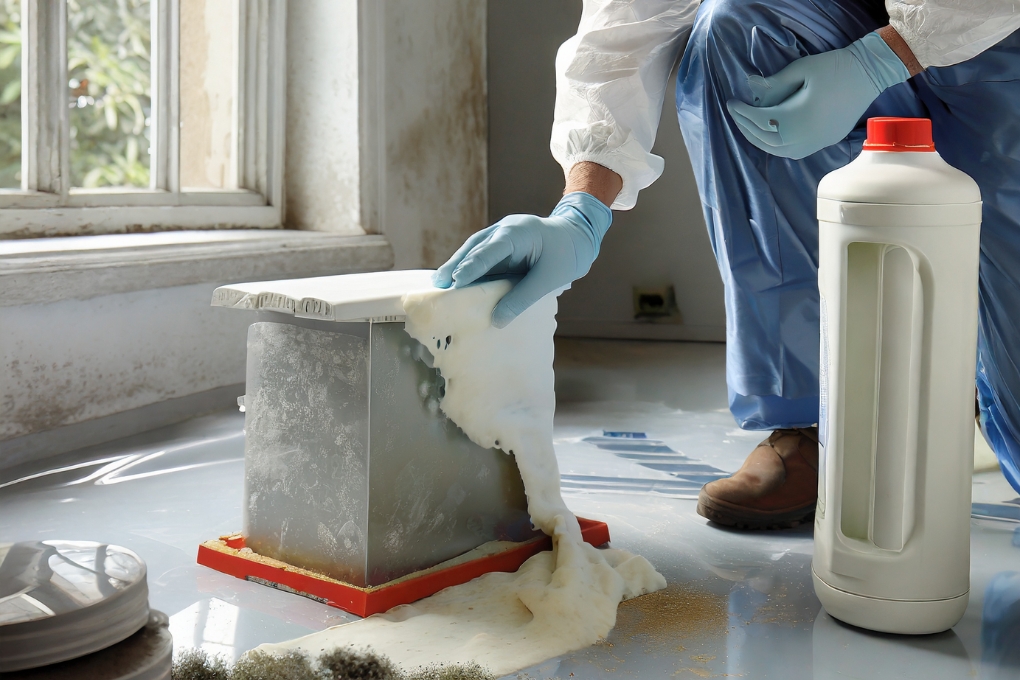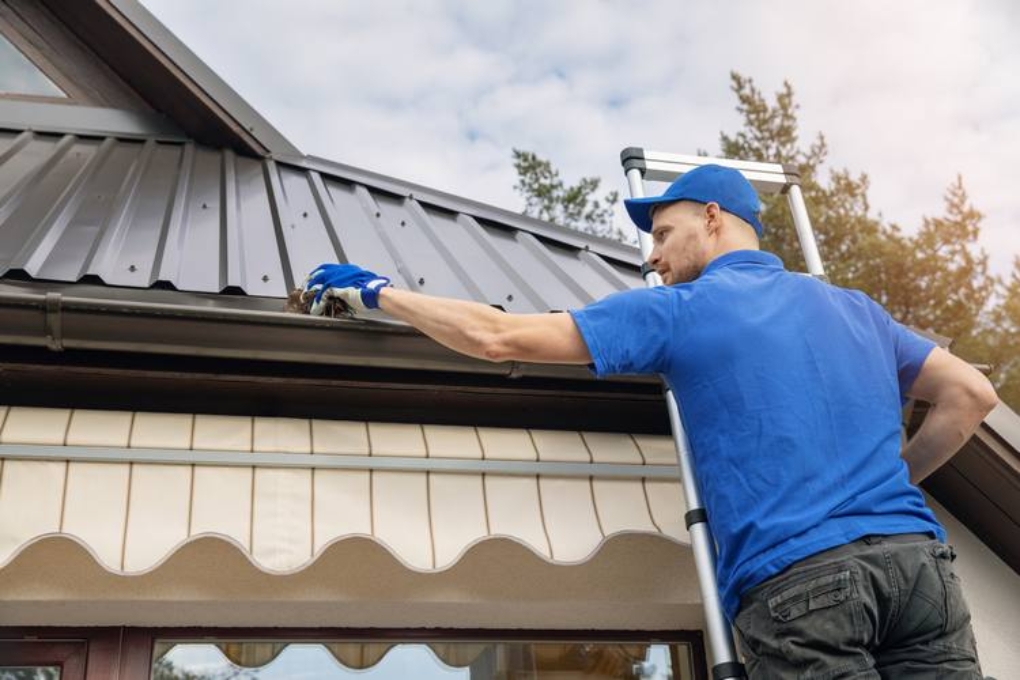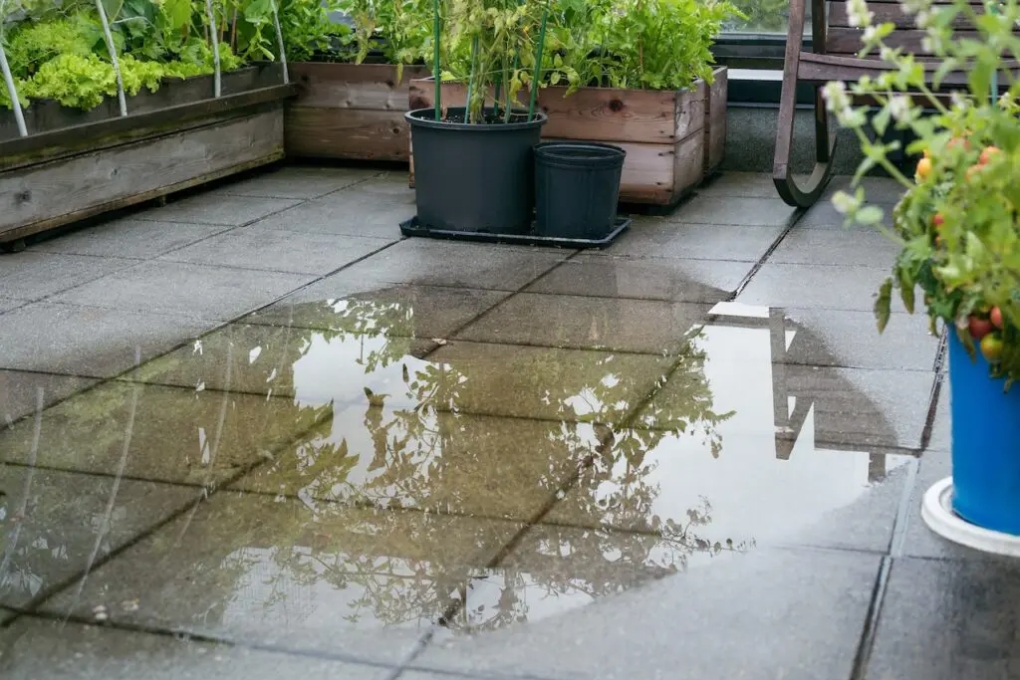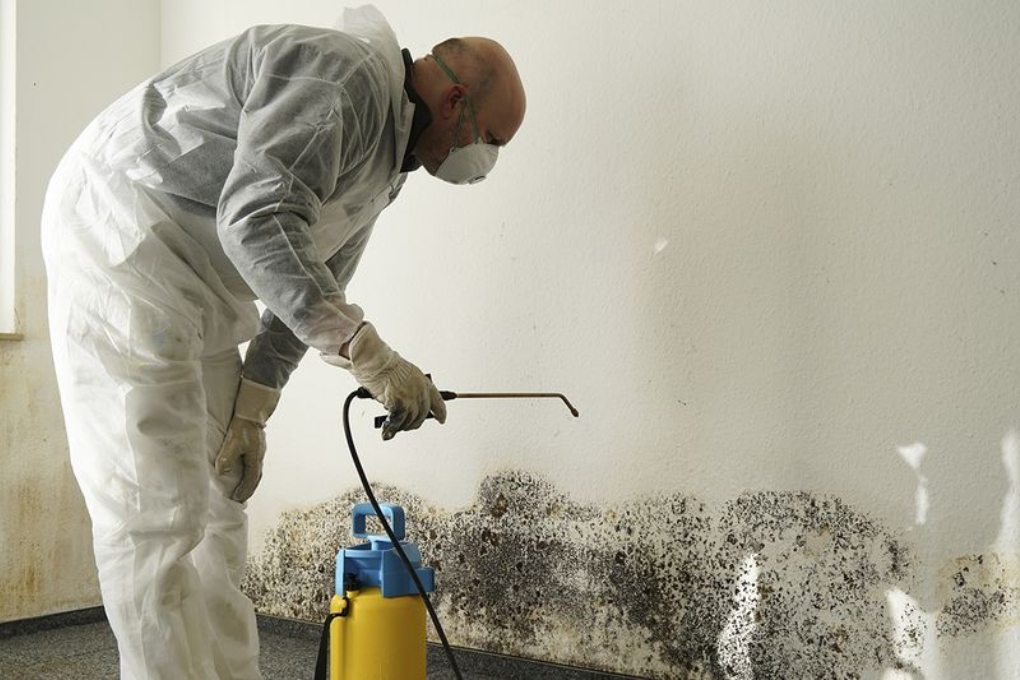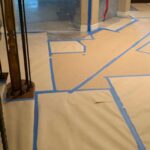Mold isn’t just an eyesore; it’s a widespread issue in over 50% of homes across the United States. What’s more alarming is that certain types of molds can pose serious threats to our health. This is why homeowners need to be watchful about mold and take preventive measures. Besides the health concerns, dealing with mold can also put a significant dent in your wallet, especially if it spreads extensively. It is also important to identify emergency scenarios for water damage to prevent mold growth.
Mold spores are tiny troublemakers; they spread easily and are practically impossible to eliminate entirely. They can pop up anywhere, from your carpets and clothing to your food and even your paperwork. What’s scarier is that mold can lurk in places you can’t even see, like behind drywalls, within walls near leaky pipes, or above ceiling tiles.
Now, if you’re worried about mold setting up shop in your home, the best strategy is to stop it in its tracks before it becomes a full-blown problem. And the secret weapon against mold is as simple as keeping moisture under control. Because it’s the key to prevent mold infestation at your home.
How to Prevent Mold? Effective Strategies for Mold Prevention
In the battle against mold, proactive prevention is your best ally. By executing these useful strategies, you can protect your home and family from the damaging effects of mold growth.
Finding Trouble Spots in Your Home and Taking Action
While you can’t completely make your home mold proof but you can make it less welcoming to mold. Start by assessing your home by looking at the potential spots for mold growth. Where are the potential trouble spots? Is your basement prone to flooding? Do you often see concentration on upstairs windows? Has a constant leak left a water stain on the ceiling?
Preventing mold growth or its spread might be as straightforward as removing carpet in a damp basement, using mold-resistant materials, or fixing damaged gutters. In some cases, it could involve more extensive work like excavation and waterproofing. Whatever the case is, it’s essential to make your home mold-free and prevent potential health issues that can be caused by mold.
Keep an Eye on Indoor Moisture Levels to Prevent Mold
The key is to control moisture when you want to stop mold from growing. But it’s not just about spills and leaks; even the moisture in the air matters. Humidity, which is the amount of water in the air, can lead to mold. If you’ve seen mold in your home or are worried about it, consider getting a hygrometer. These affordable gadgets tell you how much moisture is in the air right now. Place it in a place where you won’t forget, like the living area or bedroom.
Preventing mold can be as simple as watching the humidity levels day by day. According to the EPA, for mold prevention, the ideal indoor humidity levels are between 30 percent and 50 percent. If your home’s humidity is over 60%, there’s a good chance mold could start growing.
Improve Air Movement Inside Your Home
When it gets colder, there isn’t much moisture in the air. If your home doesn’t have good air circulation, this extra moisture can show up on your walls, windows, and floors. To improve airflow, try opening doors between rooms, moving furniture away from walls, and leaving closet doors open if they’re colder than the rooms. Bringing in fresh air can help reduce moisture and prevent mold.
Keep an Eye on Water Flow Around Your Home
Your yard can help prevent mold from creeping in. Watch how water moves around your property. Ideally, your house should be on a little hill so water flows away from it. But if water pools close to your home, that’s a big problem. It can make your home’s foundation damp, leading to mold troubles. This is why basements often have mold issues. Fixing your yard isn’t cheap, so if you’re worried about drainage, it’s a good idea to have a contractor check your property.
Fix Leaks Rapidly
When you ignore small leaks at home, then even minor leaks in your home can turn into big mold issues with time. It’s a good idea to inspect all the visible pipes in your home once or twice a month because leaks are a major reason for mold in houses. Take a look under the sinks, behind the toilet, and in the basement where the pipes run. If you ignore these leaks, you might end up with a significant health problem by the time you find them.
Immediately Dry Moist Areas
To stop mold, you need to get rid of moisture. Act fast when you have wet spots. Whether it’s water in the basement from rain, a leaky pipe, or a carpet spill, make sure to dry it within 24 to 48 hours. If there’s been a flood, remove things like soaked carpets, bedding, and furniture if you can’t dry them completely.
Everyday routine chores matter too such as don’t leave wet things lying around the house, and after a shower, make sure to dry the floor and walls. Also, don’t leave moist clothes in the washing machine where mold can spread quickly. Hang them up to dry, preferably outside or in places with good airflow.
Prevent Moisture with Good Air Flow
Your everyday happenings at home could unknowingly be creating a perfect environment for mold growth. You can avoid this by taking care of simple tasks at home like cooking, cleaning, and showering so that they don’t encourage mold. You can do this by having proper ventilation in places like your bathroom, kitchen, laundry room, and any other spots with lots of moisture. Make sure appliances that release moisture, like clothes dryers and stoves, vent outside rather than into the attic.
Consider using air conditioning and dehumidifiers, especially if you live in a humid place, but be sure they don’t add more moisture by checking and cleaning them as the manufacturer suggests. Even in an energy-efficient home, moisture can get locked and cause mold growth, so open a window or use an exhaust fan when cooking, washing dishes, or taking a shower.
Use Mold-Resistant and Mold-Fighting Products in Your Home
Whether you’re building a new house or renovating an old one, it’s smart to choose products that can resist mold or fight it off. For instance, opt for mold-resistant materials like mold-resistant drywall or Sheetrock, and use mold prevention paint with mold inhibitors.
Regular drywall has a gypsum plaster core sandwiched between paper layers. In contrast, mold-resistant drywall has no paper; it has a water-resistant fiberglass covering over the gypsum core. This makes it especially useful in places that are more likely to get wet, like bathrooms, laundry rooms, basements, and kitchens. Regular drywall is more prone to mold, harder to clean, and costly to replace if mold takes hold. You can also find a moisture-resistant gypsum board, which is designed to resist moisture and prevent mold growth.
Additionally, The CDC recommends using mold-killing products in your bathroom for cleaning. If you desire natural methods to kill mold at home, consider using ingredients like vinegar, tea tree oil, citrus seed extract, hydrogen peroxide, and baking soda.
Maintain Clean Rain Gutters
Just as your landscape should guide water away from your home, your gutters should do the same. But when they’re in bad shape, they can’t do their job properly. Leaves and debris tend to accumulate in gutters over time, leading to overflowing during heavy rain. Instead of flowing through the downspout, water ends up running down your home’s sides, potentially seeping inside. The worst part is that this excess water and mold can thrive in places like the attic or behind walls. Make sure to keep your gutters clean to avoid this.
Watch for Stagnant Water
Pay attention to stagnant water or continual moisture that may be elevating indoor humidity levels and providing an attractive environment for mold growth. Inspect your surroundings for ponds or damp spots near hot water tanks, sump pumps, freezers, refrigerators, basement entrances, and windows. Take a closer look at crawl spaces to check for ground water dampness or foundation leaks.
When to Seek Professional Help for Mold Prevention
As mentioned earlier, completely getting rid of mold is a tough task. Even if you’re diligent in preventing mold, it can still lurk in hidden places you can’t access. A tiny leak in your home’s wall could quietly turn into a full-blown mold problem without you knowing until it’s too late. Not only is mold challenging to eliminate permanently, but it’s also risky to handle. When you find mold in your home, turn to our expert mold remediation services to tackle the issue safely and effectively.
Should you encounter such a situation, consider enlisting the expertise of SS Water Restoration mold removal services, as we are unquestionably the specialists for preventing and eliminating mold in your surroundings.
Mold Prevention FAQs
What is the best way to kill and prevent mold?
You can use pure white vinegar on hard surfaces in your kitchen and bathroom to combat mold. Alternatively, a bleach solution is effective for mold removal. To make this solution, mix one cup of bleach with a gallon of water, apply it to the affected area, and leave it without rinsing.
What are 3 important methods to prevent mold?
Guarantee good air circulation within your home by using exhaust fans that eject air outside in the kitchen and bathroom. Furthermore, make sure your clothes dryer vents to the exterior of your home. Address any leaks in your roof, walls, or plumbing promptly to prevent mold from having the moisture it needs to thrive.
How can I prevent mold naturally?
Regularly wipe down damp surfaces, consider using a dehumidifier, apply vinegar to wet areas like showers after use, and most importantly, stay alert to and promptly address any leaks.
How to prevent mold in the basement?
To prevent mold in your basement, ensure proper ventilation and dehumidification, fix any water leaks promptly, and keep the area clean and clutter-free. Moreover, consider using mold-resistant paints or materials on walls and floors to create a less hospitable environment for mold growth.
How to prevent mold after water damage?
To prevent mold after water damage, act quickly to remove standing water and thoroughly dry the affected area within 48 hours. Use fans, dehumidifiers, and open windows to aid in the drying process. Remove and discard water-damaged materials like carpet and insulation, and disinfect surfaces with a mixture of water and detergent. Check the area for any signs of mold growth and address them promptly if they appear. Finally, consider consulting professionals for extensive water damage cleanup to ensure thorough prevention of mold.
Conclusion
Safeguarding your home from mold is attainable through these simple strategies. However, it’s vital to recognize that once mold takes hold, addressing it requires professional expertise. This is where SS Water Restoration in Prosper comes in. Our services are dedicated to eradicating mold and ensuring your home remains a healthy and safe environment. Remember, while you can take preventive measures when mold becomes a challenge, rely on the professionals at SS Water Restoration to restore your peace of mind and your home.



